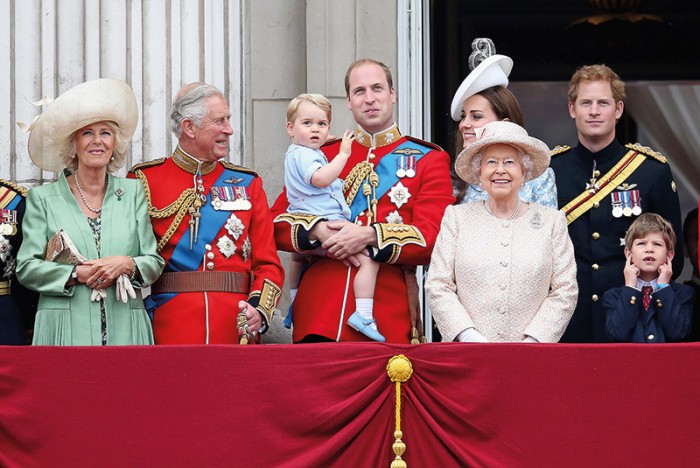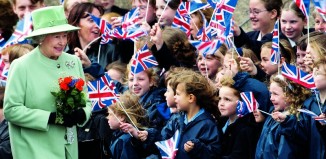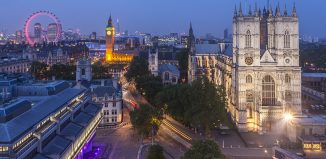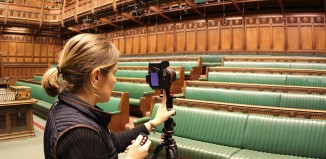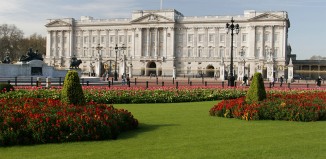British monarchy: The Modern Era, 1901-today
As we pay tribute to the remarkable life and reign of HM Queen Elizabeth II, we look back at the British monarchy from 1901 to now, which, with Queen Elizabeth II at the helm – has adapted and reinvented itself through two world wars and social revolution
Queen Elizabeth II, the longest reigning monarch in British history, passed away peacefully on Thursday 8 September 2022, at Balmoral Castle at the age of 96. On 9 September 2015, Queen Elizabeth II became Britain’s longest reigning monarch, underlining her status as an unwavering symbol of tradition, devoted to duty, country and family.
Yet we do well to heed Her Majesty’s comment to the Houses of Parliament in 2002 that, “Change has become a constant, managing it has become an expanding discipline.” The Windsors have presided over a country brought to its knees (but ultimately victorious) by two world wars; a nation assailed by social revolution, wrestling with its identity and post-Empire place in the world. The monarchy has had to adapt and reinvent itself, too.
British monarchy: A change in name
Victorian Britain had reached a zenith of global power and Edward VII’s reign (1901–1910) continued in exuberant, elegant mood yet was – as Downton Abbey viewers know – a last hurrah before war and hardship overturned the status quo of order and class. In 1917, amid anti-German feeling as the country reeled from the horrifying carnage of the First World War, Edward’s son, George V, judiciously changed the family name from the Germanic Saxe-Coburg-Gotha (inherited from his grandfather, Prince Albert) to the British-sounding Windsor (after the castle).
Post-war, Britain would never be the same. Unemployment, the General Strike, the Great Depression and the Jarrow Crusade all shook the establishment. Women won the vote, although the prospect of two female prime ministers was still distant. The Irish Free State (later the Republic of Ireland) became independent.
Then in 1936, the new King Edward VIII, forced to choose between the Crown and marriage to twice-divorced American socialite Wallis Simpson, abdicated: constitutional crisis loomed.
Hero of the hour
Edward’s shy, stammering younger brother became the unlikely hero of the hour, taking the throne as King George VI and, backed by his wife Elizabeth, restored royal reputations with his model family of two beloved daughters, Elizabeth and Margaret. Through the Second World War, the Royal Family’s steadfast attitude, combined with Prime Minister Sir Winston Churchill’s rhetoric urging “victory at all costs” and the collective sacrifice of hundreds of thousands of Britons, bound the country together. Amid debt-ridden post-war austerity, once again the country sought a fairer society, creating the welfare state including the National Health Service.
Queen Elizabeth and her ‘strength and stay’
Queen Elizabeth II came to the throne in 1952 on a swell of popular goodwill and with the Duke of Edinburgh, her “strength and stay”, dedicated herself to public service for 70 years. Crises – royal divorces, the death of Princess Diana – have rocked but not unseated the monarchy, and the Prince of Wales, now King Charles III, and the Duke and Duchess of Cambridge have stood ready in the wings.
The Commonwealth has replaced multicultural Britain’s long-vanished Empire; Brexit is replacing the UK’s brief membership of the European Union; the ‘soft power’ of culture – from Beatlemania to Adele – now supersedes might as our currency of conquest. Following the Troubles in Northern Ireland, devolved powers of government there – as in Scotland and Wales – test the strength of the union with England. Parliamentary democracy and constitutional monarchy, forged over centuries, continue to manage the changes.
Words: Diana Wright
Read more
Read more in our British monarchy series

